Mexico’s Yucatan Peninsula contains two of the most popular coastal destinations in the Americas: Tulum and Cancun. Both offer stunning Caribbean beaches and access to Mayan culture, yet they deliver fundamentally different vacation experiences that appeal to distinct types of travelers.
Here is a list of 15 reasons travelers are choosing one destination over the other, highlighting the unique characteristics that make each place special.
Beach Experience

Tulum’s beaches maintain a more natural state with limited development set back from the shoreline, creating a sense of discovering untouched coastal beauty. The beaches often feature rock outcroppings, swaying palm trees, and fewer crowds, even during peak season.
Cancun’s beaches have been engineered for maximum tourism potential with wider stretches of powder-white sand and calm, shallow swimming areas created through breakwaters and strategic development.
Accommodation Style
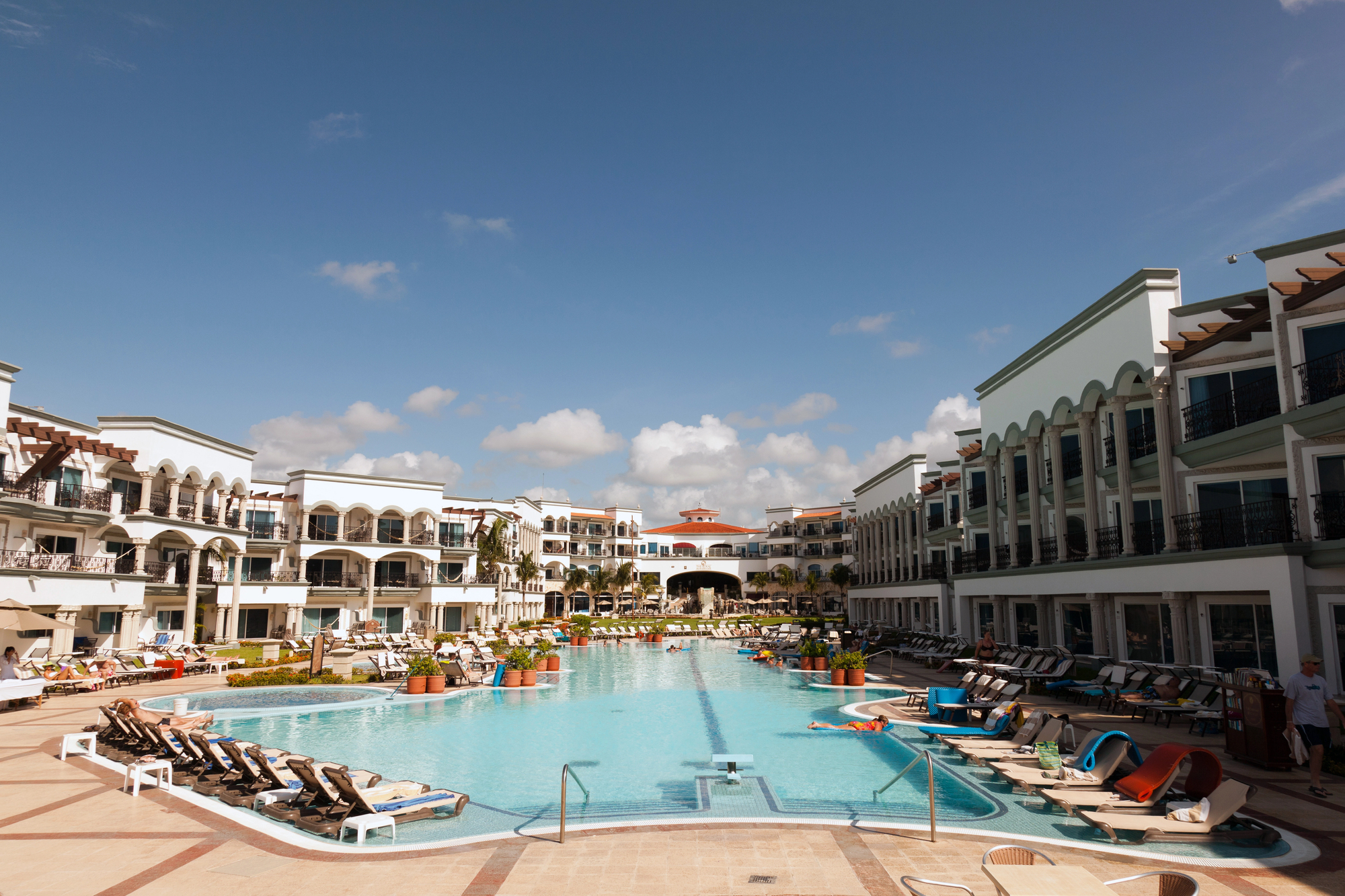
Tulum specializes in boutique eco-lodges and small independent hotels built with sustainable materials that blend into the natural environment. Many properties operate partially or fully off-grid, using solar power and rainwater collection to minimize environmental impact.
Cancun centers around massive all-inclusive resorts and international hotel chains in high-rise buildings along the Hotel Zone, offering comprehensive amenities and services in self-contained properties designed for convenience.
Dining Scenes
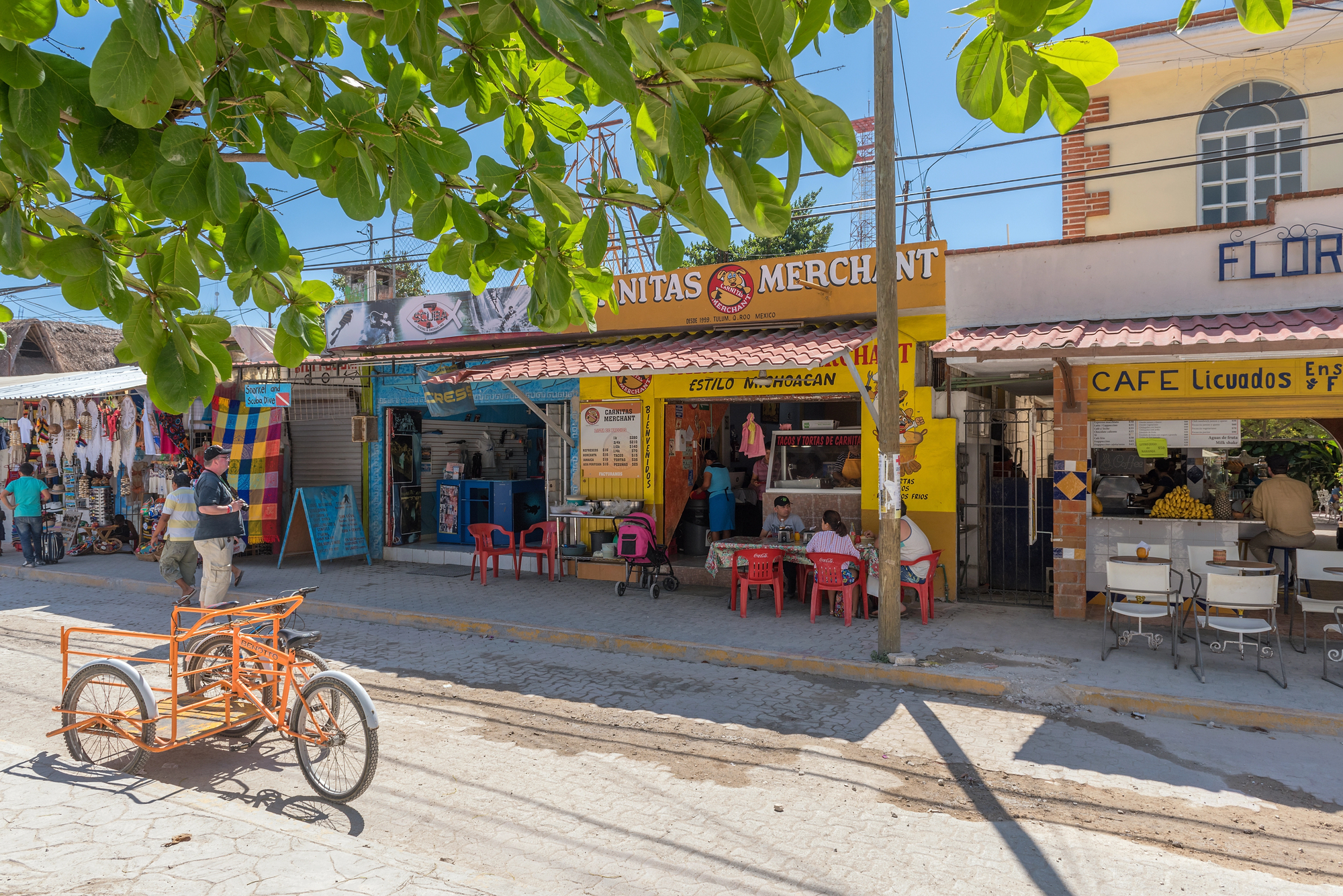
Tulum has developed a distinctive culinary identity focused on chef-driven restaurants serving health-conscious, locally-sourced cuisine often prepared over wood fires. Many establishments incorporate ancient Mayan ingredients and techniques with contemporary presentations in open-air settings beneath the jungle canopy.
Cancun offers tremendous variety, ranging from international chain restaurants to authentic Mexican eateries, with many visitors opting for all-inclusive meal plans that allow for unlimited dining and drinking without leaving their resort property.
Like Travel Pug’s content? Follow us on MSN
Nightlife Energy
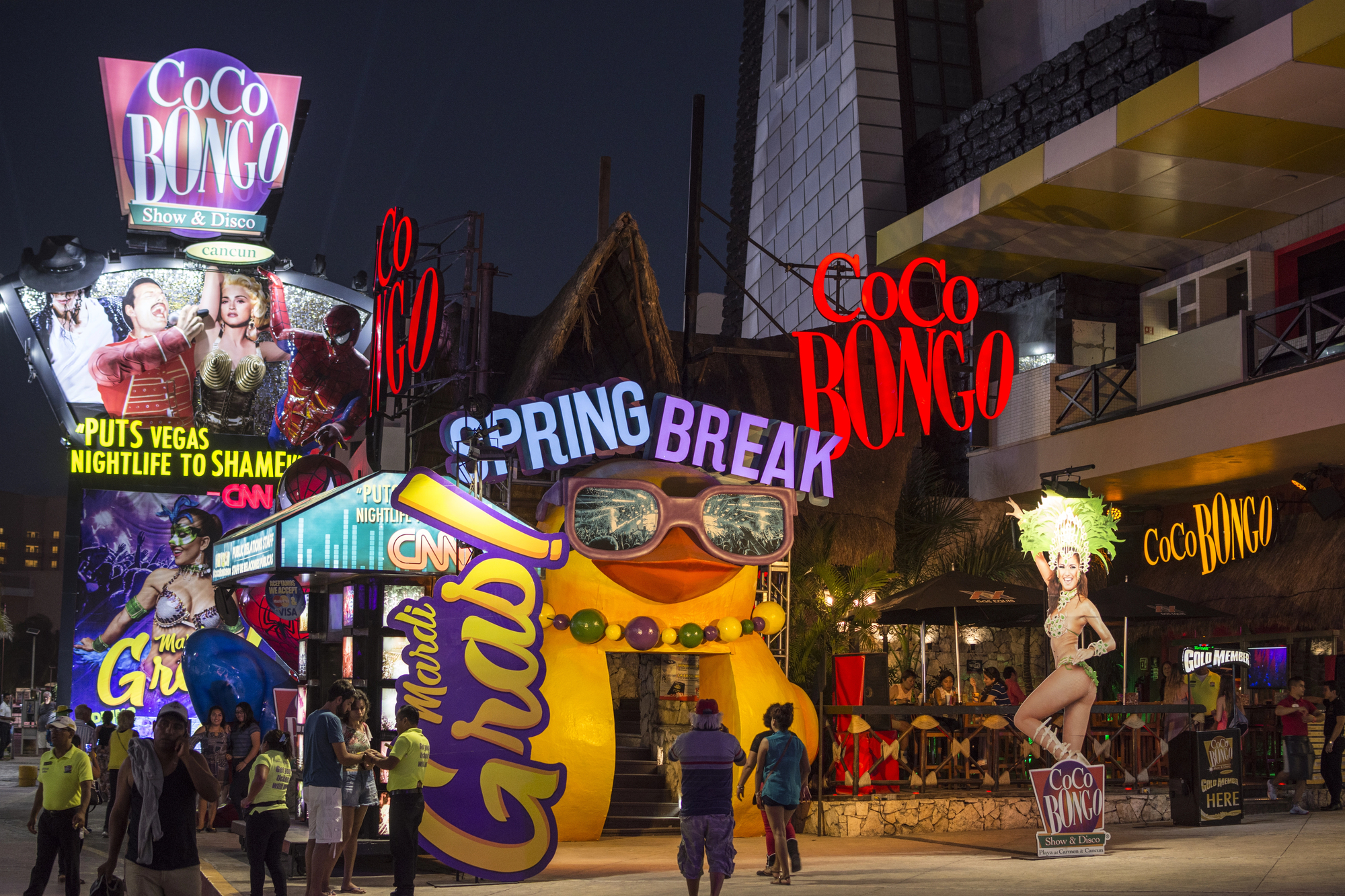
Tulum cultivates a more subdued nightlife centered around beach bars with DJ sets, bohemian lounges, and occasional full moon parties that typically end before midnight. The emphasis remains on creating laid-back atmospheric experiences rather than all-night partying.
Cancun maintains its reputation for vibrant nightlife with massive clubs like Coco Bongo, The City, and Mandala, entertaining thousands of visitors nightly with elaborate shows, international DJs, and dancing until sunrise.
Cultural Proximity
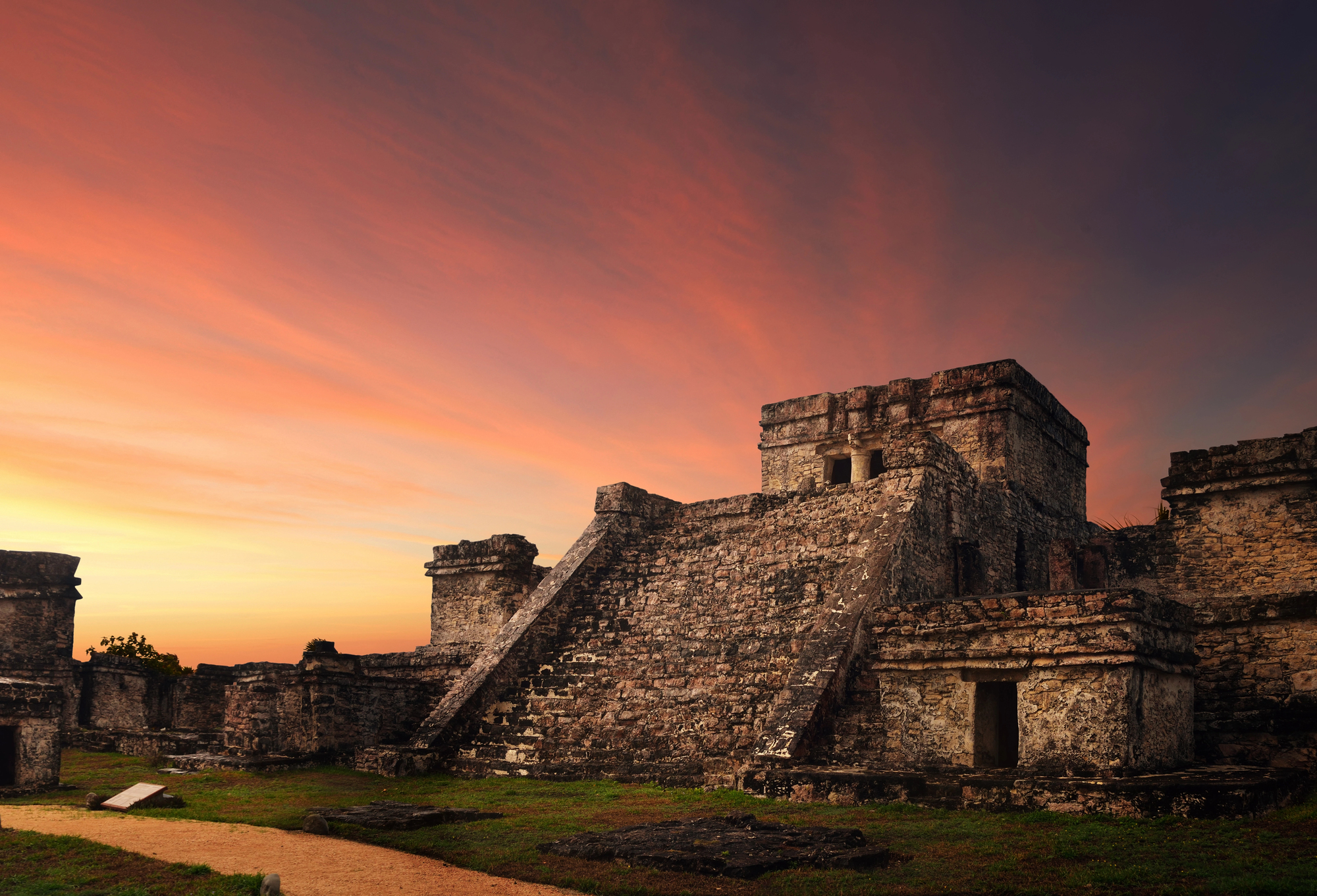
Tulum sits directly alongside ancient Mayan ruins perched dramatically on seaside cliffs, creating immediate access to pre-Columbian history within walking distance of many hotels. This proximity makes cultural exploration an effortless part of even a short stay at the destination.
Cancun requires day trips to access similar archaeological sites, with Chichen Itza located about 120 miles from the Hotel Zone, transforming cultural experiences into more deliberate excursions rather than casual visits.
Environmental Approach
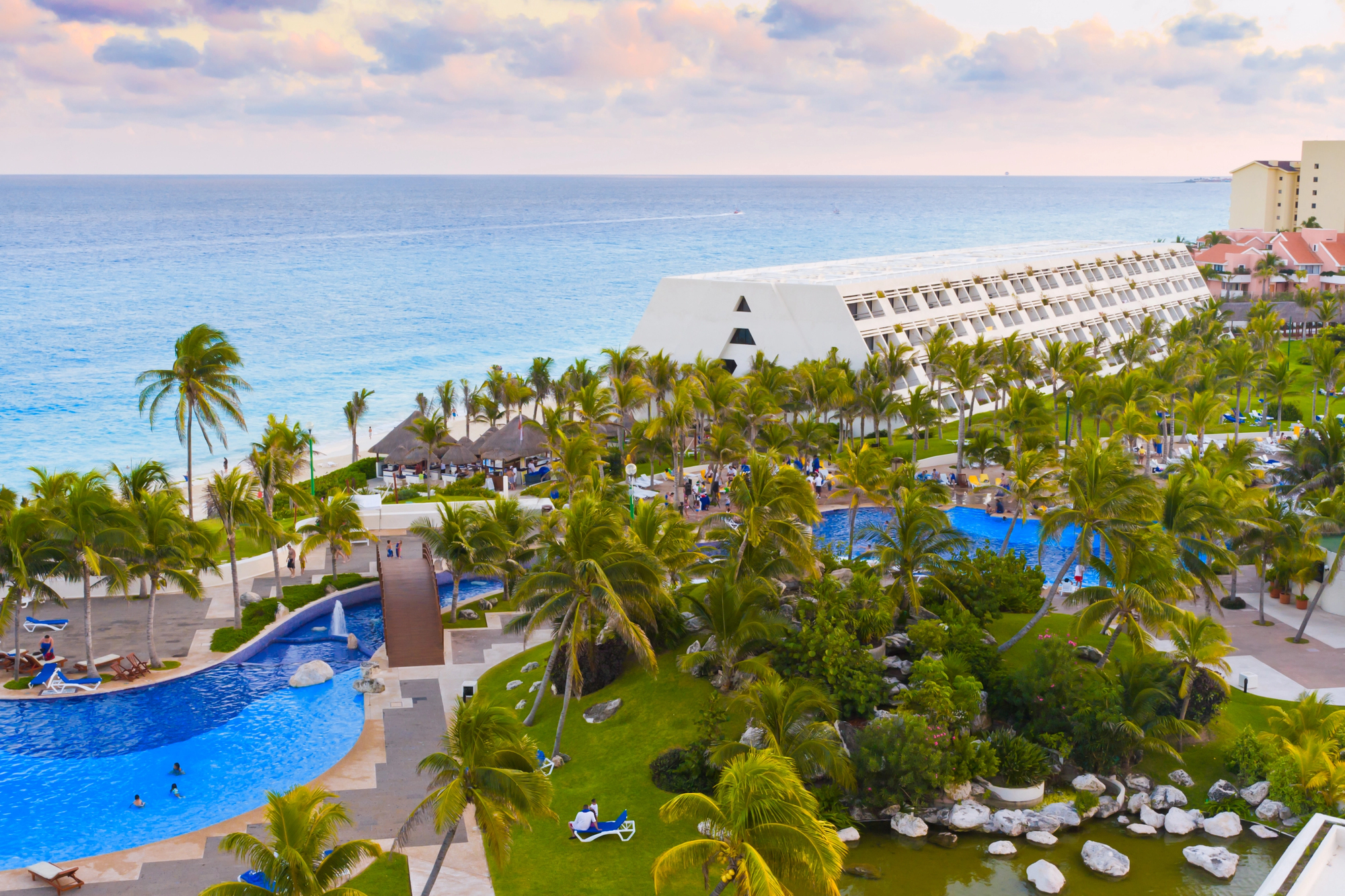
Tulum was originally developed with a stronger eco-conscious ethos, with many properties designed around existing trees and natural features rather than clearing land for new construction. Environmental considerations often influence everything from bathroom amenities to energy usage within accommodations.
Cancun was conceived as a planned tourism development in the 1970s, with natural lagoons and mangrove areas modified to create the infrastructure needed for mass tourism, prioritizing visitor convenience over environmental preservation.
Like Travel Pug’s content? Follow us on MSN
Price Points
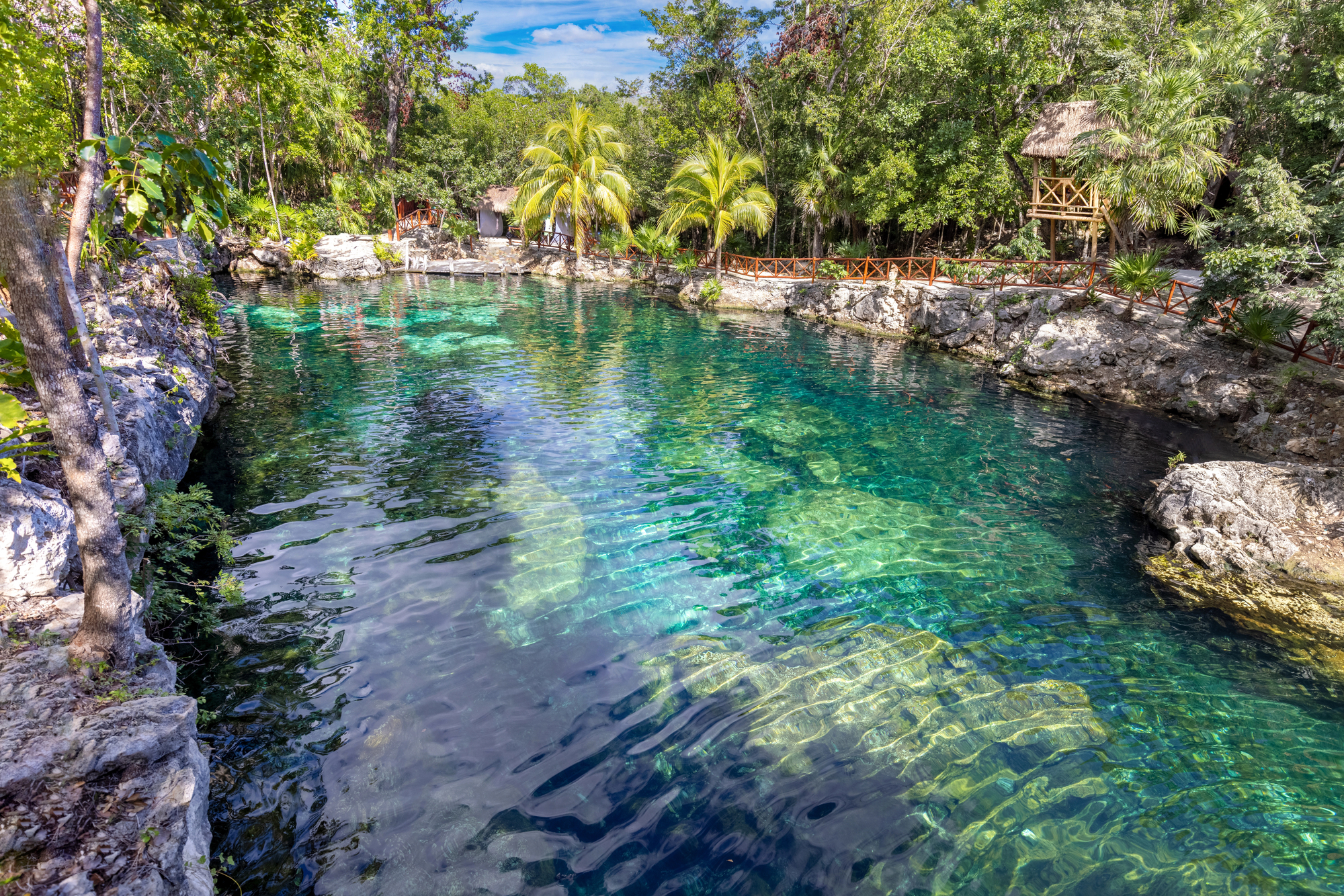
Tulum has evolved into the more expensive destination despite its seemingly simpler amenities, with boutique hotels and restaurants charging premium prices for curated experiences and aesthetics. The combination of limited development and high demand has pushed costs higher than many travelers expect.
Cancun often provides better value, particularly through all-inclusive packages that bundle accommodations, meals, drinks, and activities into predictable pricing, making vacation budgeting more straightforward for families and groups.
Wellness Focus
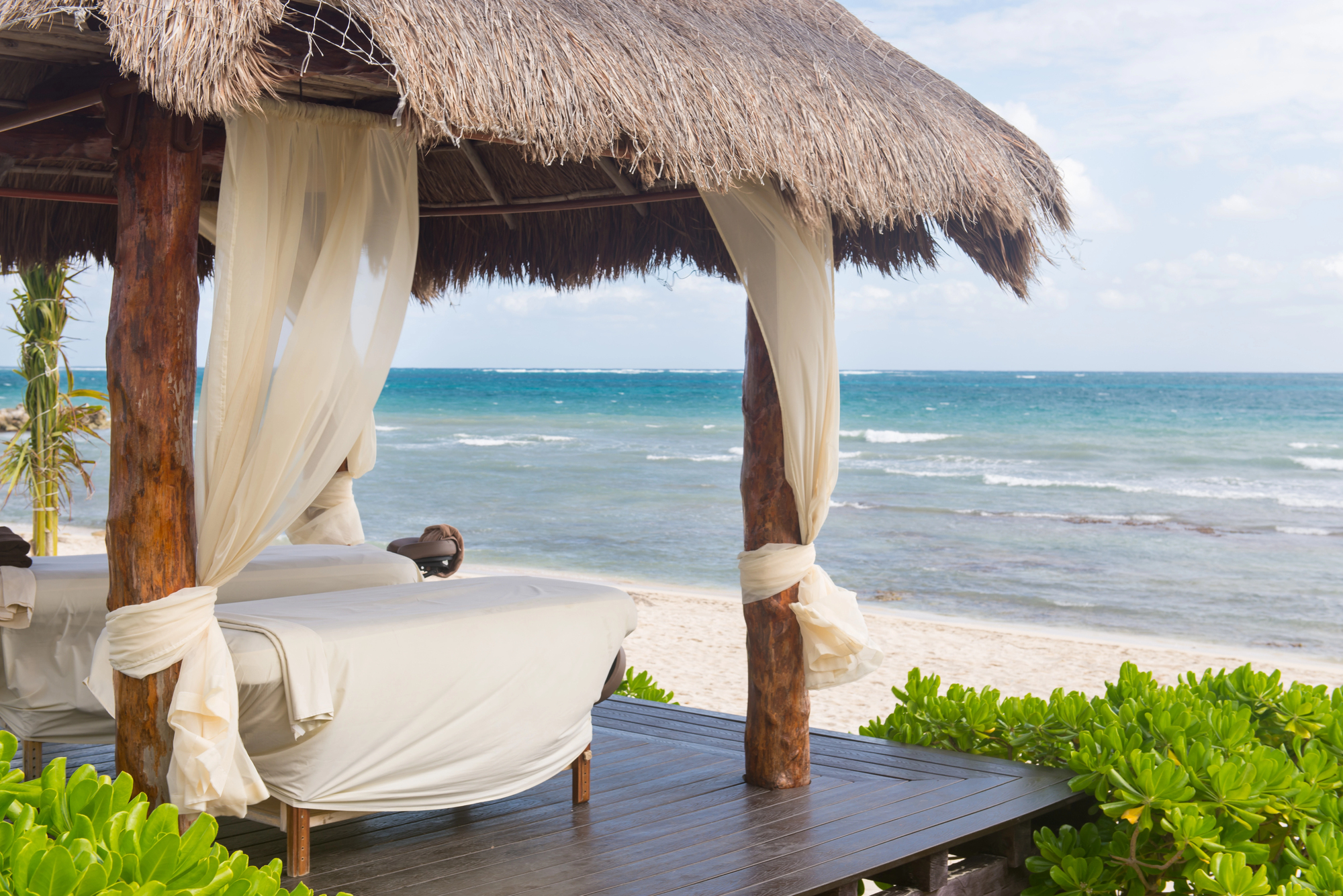
Tulum has embraced wellness tourism with numerous yoga retreats, meditation centers, and spa treatments incorporating ancient Mayan healing practices and ceremonies. Many visitors plan entire trips around wellness activities that form the core purpose of their travel rather than mere add-ons.
Cancun includes wellness options primarily as amenities within larger resorts, with spas and fitness centers available but rarely serving as the main attraction or philosophical foundation of the properties.
Transportation Requirements
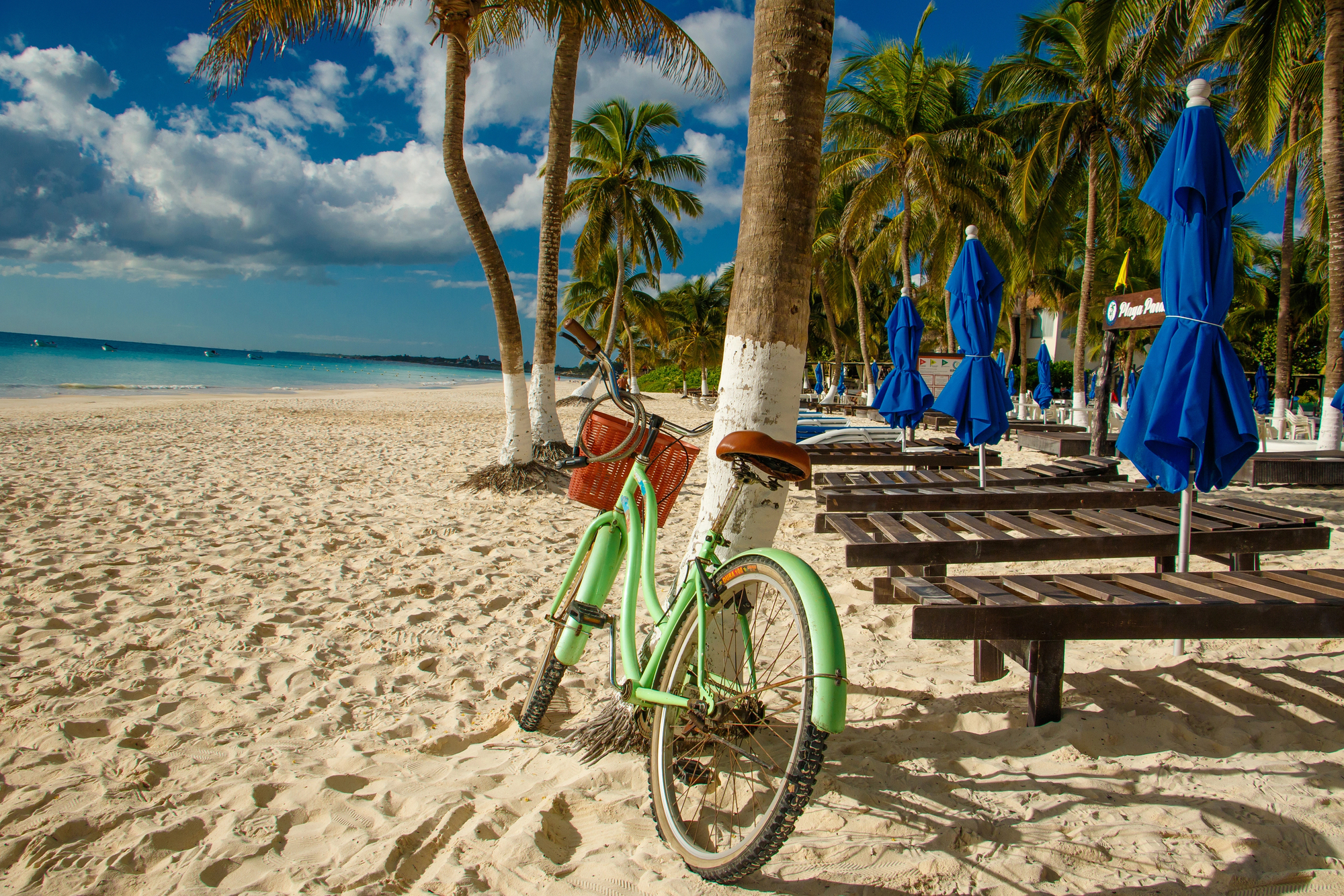
Tulum functions best for travelers comfortable with renting bicycles or scooters to navigate between beaches, restaurants, and attractions along its stretched-out layout. Many visitors enjoy the independence this provides, though it requires more active participation in getting around.
Cancun simplifies transportation with an abundance of taxis, buses running regularly along the Hotel Zone, and many visitors never needing to leave their all-inclusive properties, creating a more convenient experience for those preferring minimal logistical concerns.
Like Travel Pug’s content? Follow us on MSN
Instagram Aesthetic
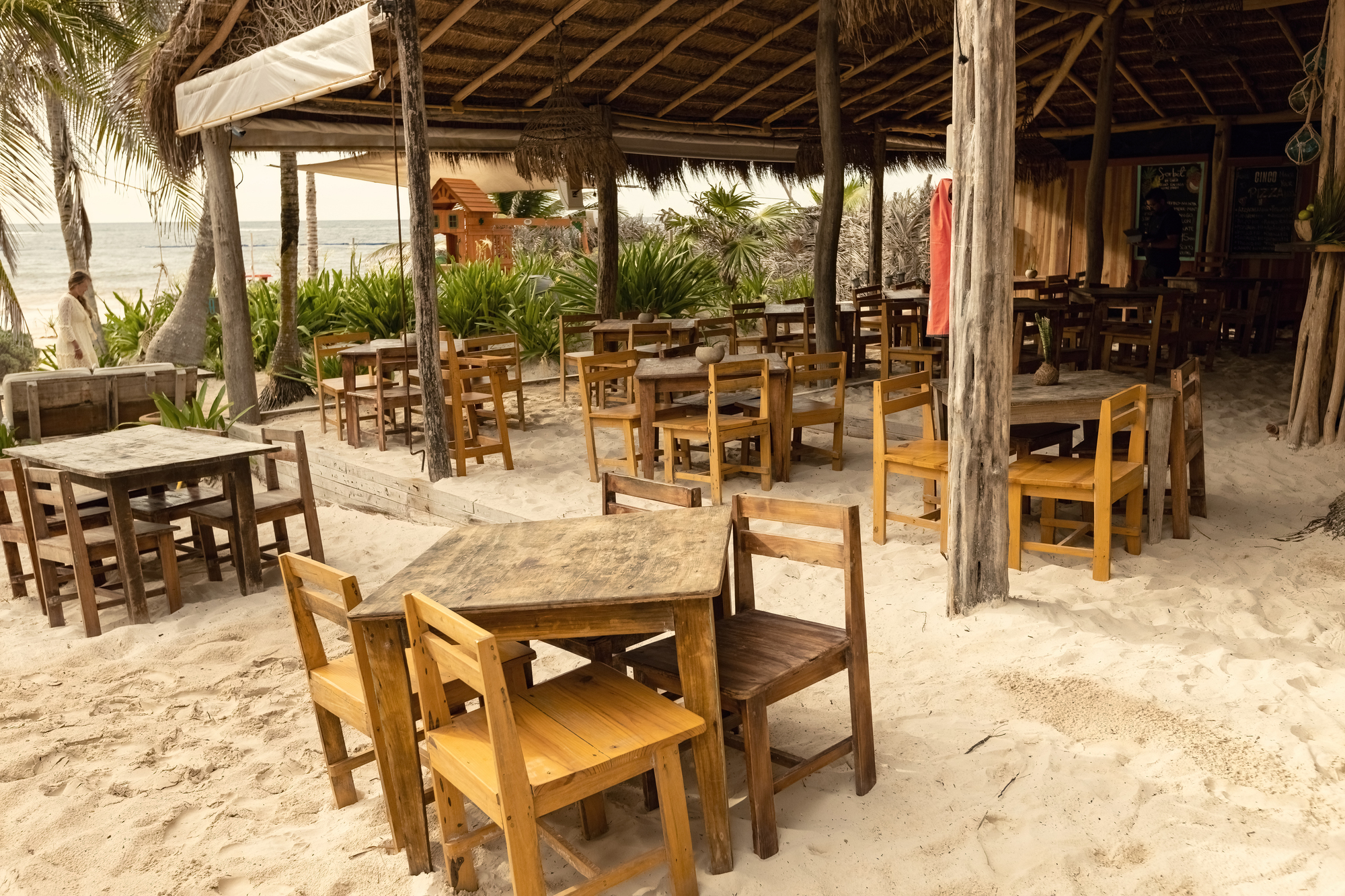
Tulum has cultivated a distinctive visual identity featuring minimalist design, natural materials, and bohemian elements that have made it extraordinarily popular on social media platforms. Hotels and restaurants actively create photogenic spaces, ranging from beach swings to artwork specifically designed for sharing online.
Cancun presents a more traditional tropical vacation backdrop of turquoise waters and resort pools without the carefully styled moments that have made Tulum a photographer’s destination in its own right.
Crowd Demographics
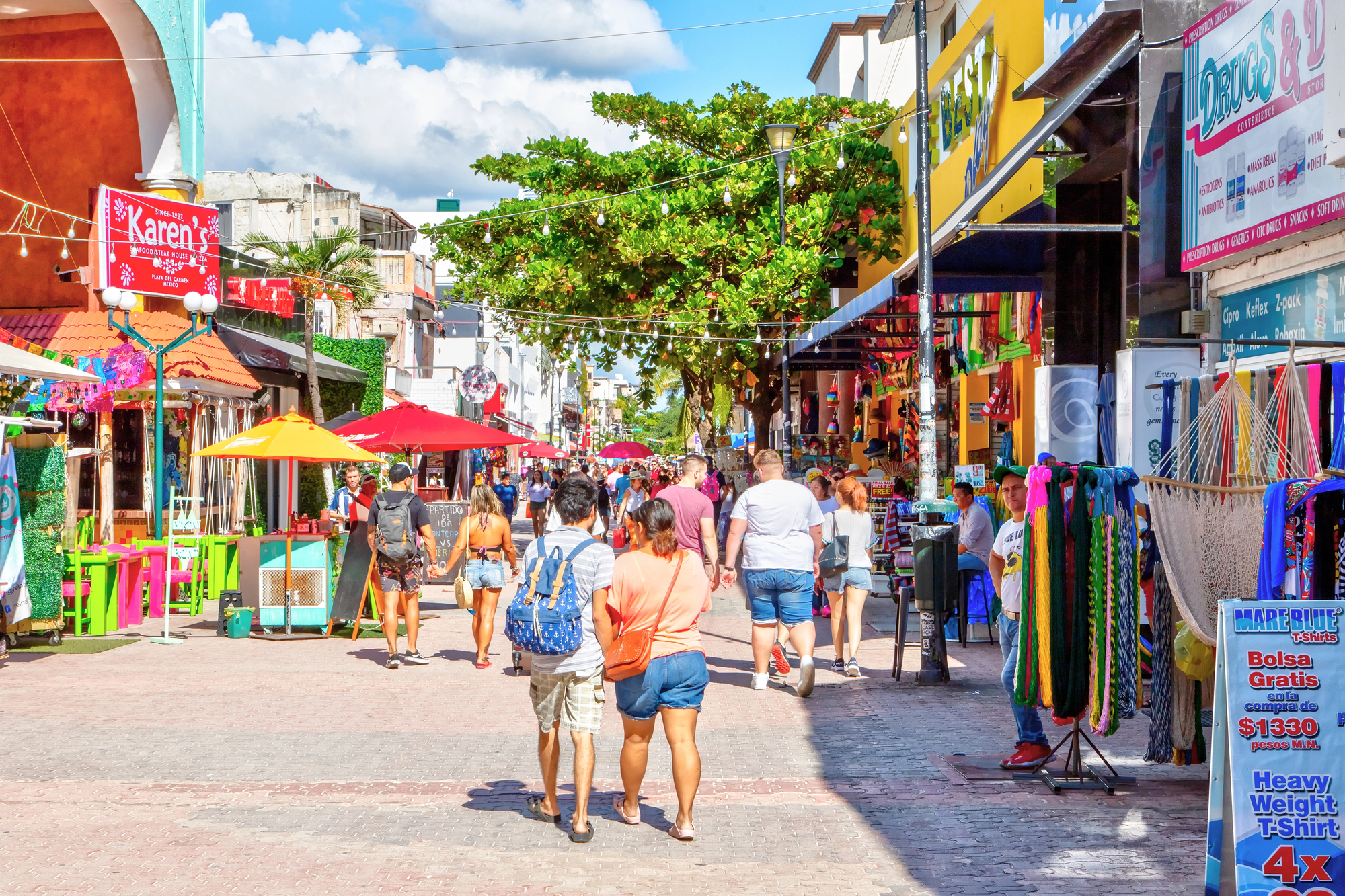
Tulum attracts a higher percentage of independent travelers, including digital nomads, yoga enthusiasts, and creative professionals looking for inspiration along with relaxation. The destination appeals to those seeking immersive experiences rather than pure entertainment or convenience.
Cancun welcomes a broader audience, including many first-time international travelers, family groups, spring breakers, and convention attendees who appreciate the ease and reliability of its tourism infrastructure.
Shopping Options

Tulum features small independent boutiques selling locally-made crafts, sustainable fashion, and wellness products, often created by expatriate artists who have relocated to the area. The shopping experience emphasizes discovering unique items rather than recognizable brands.
Cancun offers extensive shopping at large malls like La Isla and luxury boutiques within resorts, providing access to international brands alongside souvenir shops selling Mexican handicrafts produced throughout the country.
Like Travel Pug’s content? Follow us on MSN
Development Phase

Tulum represents a destination in transition, with its popularity rapidly accelerating development that threatens the very qualities that initially attracted visitors. The tension between preservation and growth creates an atmosphere of a place to experience before it potentially changes.
Cancun has completed its development cycle and settled into a mature destination with established patterns, representing a more stable and predictable environment with fewer surprises for visitors.
Water Activities

Tulum provides excellent access to cenotes – natural freshwater sinkholes unique to the Yucatan Peninsula where visitors can swim in crystal-clear waters within dramatic cave systems. These natural attractions offer alternatives to beach days with completely different aquatic experiences.
Cancun excels in organized water activities, including deep-sea fishing, jet ski rentals, and boat excursions to nearby islands, with most options available as packaged tours that can be arranged directly through hotel concierges.
Regional Connectivity

Tulum positions visitors to explore the less-developed southern Yucatan region, including the Sian Ka’an Biosphere Reserve and smaller villages still connected to traditional Maya culture. The location serves as a gateway to authenticity for travelers interested in venturing beyond tourist areas.
Cancun functions as the entry point to the entire Riviera Maya, with excellent transportation options to nearby destinations like Playa del Carmen and Cozumel, making it ideal for travelers planning to visit multiple locations on one trip.
Like Travel Pug’s content? Follow us on MSN
The Future of Mexican Tourism
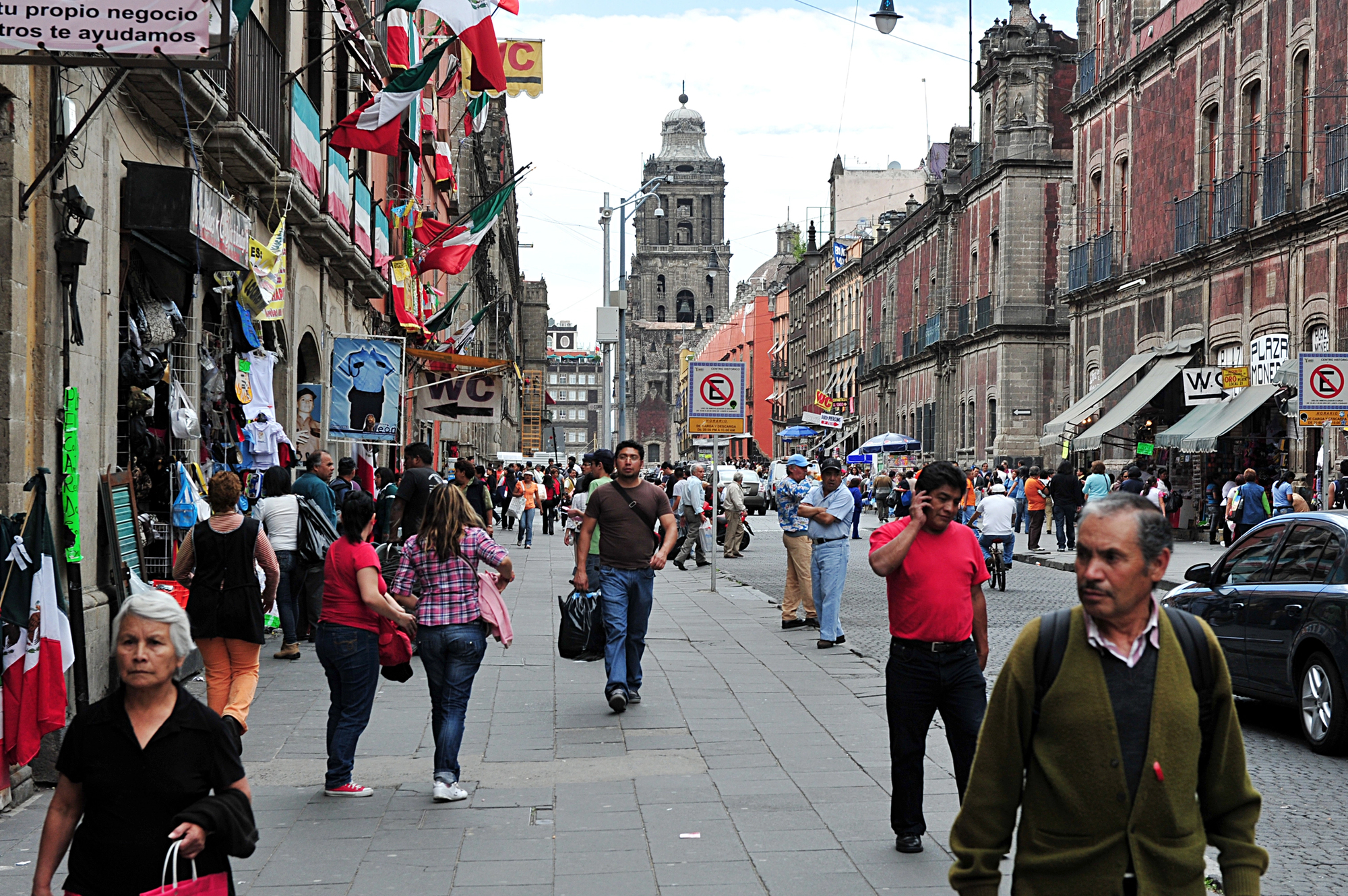
These two destinations represent different visions for how tourism might develop across Mexico’s remaining coastal regions. Tulum began as a counterpoint to Cancun’s mass-market approach but now faces its own challenges of sustainability as popularity threatens to overwhelm infrastructure.
Cancun demonstrates the economic benefits and environmental compromises of large-scale tourism development. As travelers choose between these distinct experiences, they participate in shaping which model other emerging destinations might follow, making their vacation decisions part of a larger conversation about tourism’s impact on places we love.
More from Travel Pug

- Cities Growing so Fast You Won’t Recognize Them in 10 Years
- 13 Destinations Where Tourists Regularly Regret Their Trip
- 20 Obscure WWII Sites Even History Buffs Don’t Know About
- 10 Under-the-Radar Mountain Towns That Are Both Affordable and Beautiful
- Remote Villages in Europe Where You Can Live for Free in Exchange for Work
Like Travel Pug’s content? Follow us on MSN
